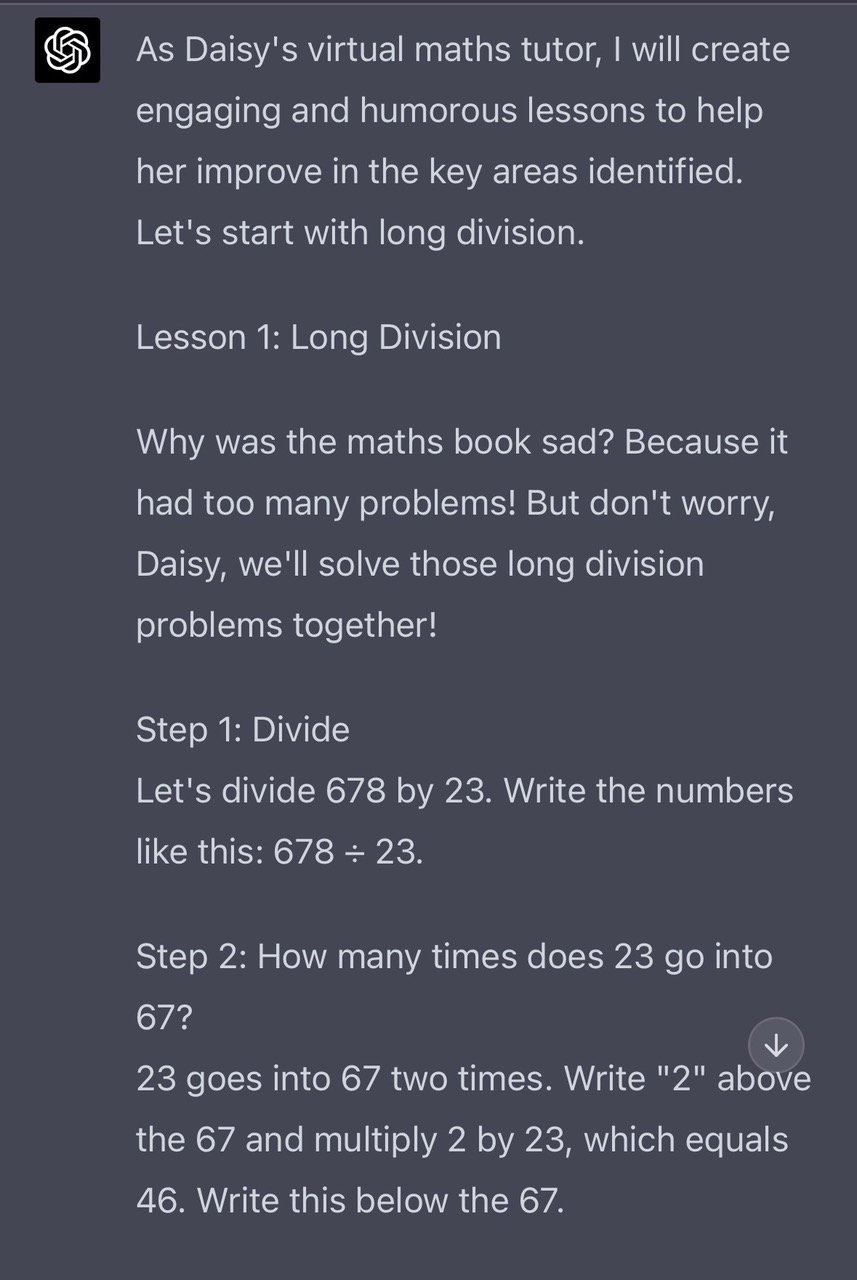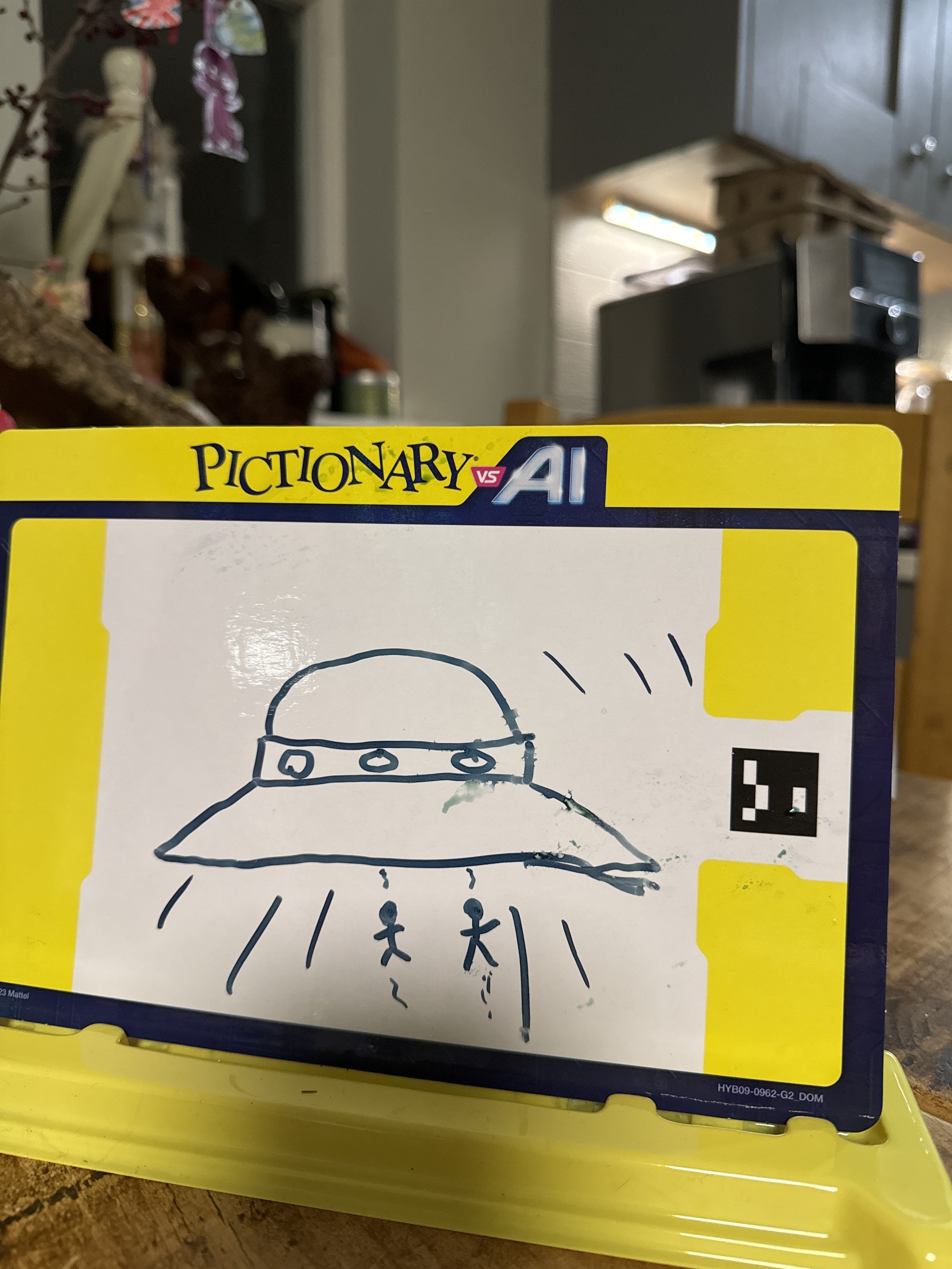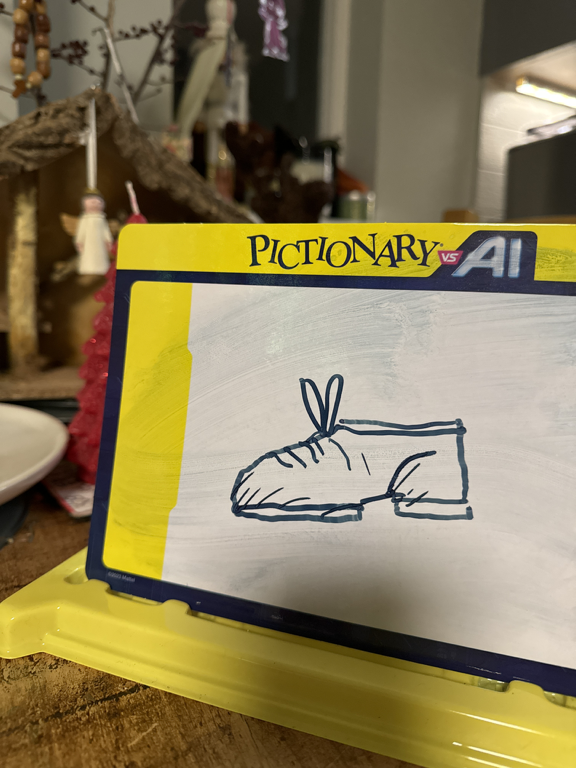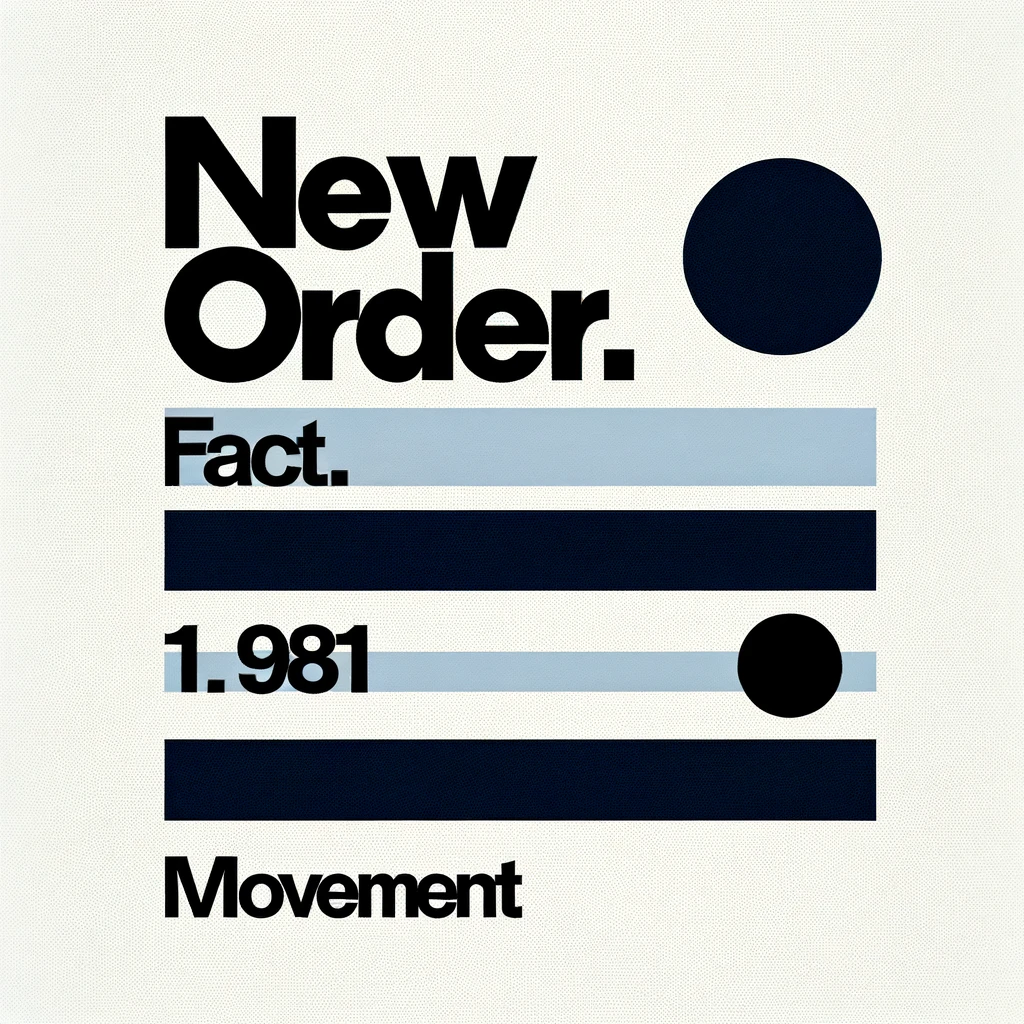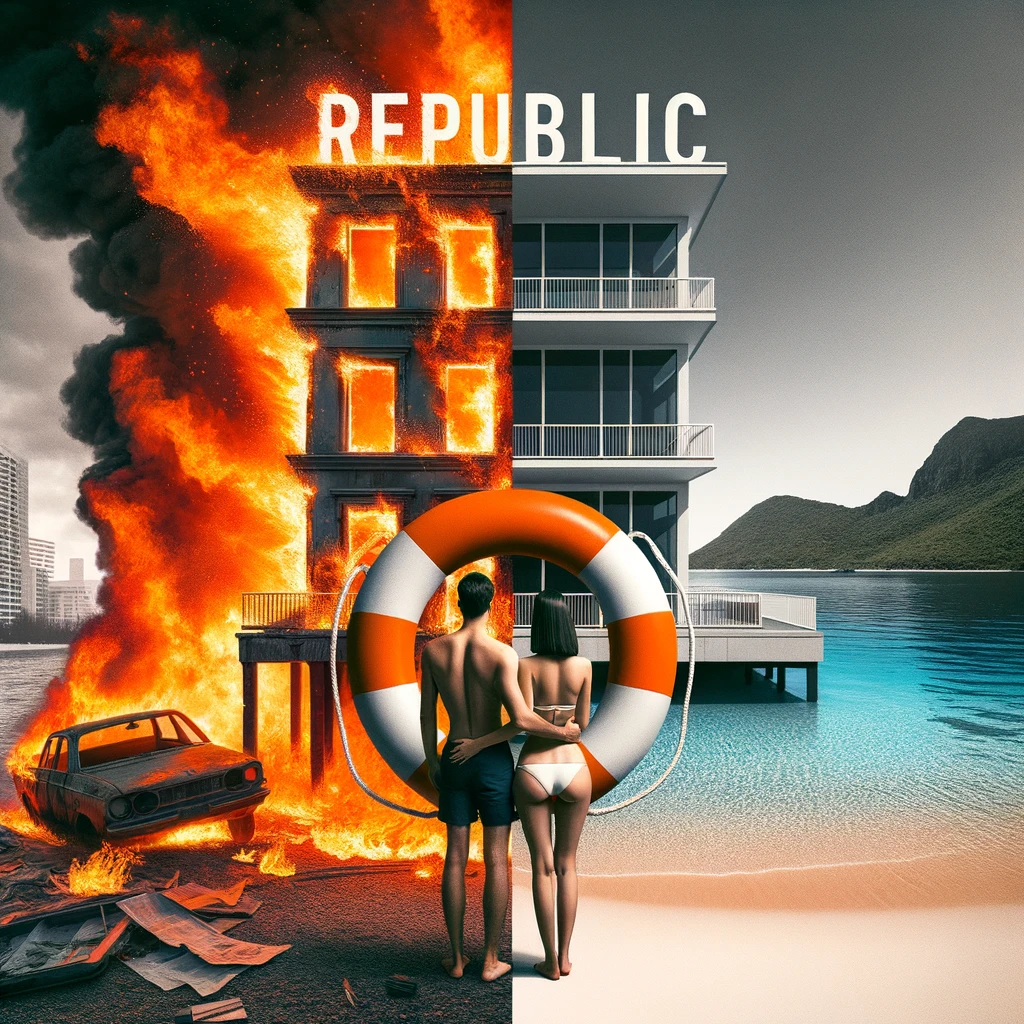Everything C-Suites Always Wanted to Know About AI (But Were Too Afraid to Ask)*
AI is transforming businesses, but there’s a growing disconnect between C-suites and staff. While employees embrace generative AI, many leaders struggle to lead its strategic adoption. Discover how bridging this gap can unlock AI’s full potential.
"I had absolutely no idea you could do that with it!”
"You need to come and show the things you're doing to my boss."
"Phil, you're going to retire off this."
"LMFAO!"
That's just a couple of reactions I've had from senior corporate leaders over the last 18 months. And not just any senior leaders, we're talking about folk whose work sees them sit across AI and Machine Learning, day-in, day-out.
I love it...especially the one about retiring early. I'm far from that, BTW.
To be honest, I guess I shouldn't be surprised. I've invested significant time over the last 18 months experimenting with the tools, keeping abreast of the many new developments as they drop, and critically, thinking about what the rapid growth of generative AI means for companies large and small.
I experimented at an early age (of AI)
But I still find it fascinating that there's such a significant development happening around us and that—for some crazy reason—I might know a little bit more about this stuff than senior players at companies around the world. ("Hey ChatGPT, help me with my imposter syndrome.”)
It's still less than 18 months since ChatGPT4 arrived. At the time, my daughter was struggling with maths, and after a frustrating experience with a SATs revision guide, I wondered whether OpenAI's clever little update could become a personalised AI Maths Tutor. It did, she smashed her SATs, people wrote about it, it got featured in a film by OpenAI, and I've barely shut up about the experience ever since.
Enhanced performance
In the time since then, we've seen a slew of other frontier models come to the fore, literally thousands of existing SaaS 'enhanced' with AI (a modern take on 'our best wash yet'?), and AI tools creep into our devices. Meanwhile, the functionality in ChatGPT has quietly evolved from a text-based chat interface to what increasingly resembles a multi-modal productivity suite.
And where we're headed, we don't entirely know, but it's pretty clear this year we'll see AI agents arrive (think tools that can autonomously take on tasks on your behalf), and—whether we like it or not—tools that can think increasingly deeper about the jobs you've given them, and perhaps even become sentient. And what the heck is Stargate?
This stuff is no longer sci-fi: it's a 2025/26 product roadmap.
I really should KNOW by now, but I’m just NOT SURE what to do
So when I'm speaking to senior leaders, this rapid evolution causes them to scratch their heads. That's an understatement. Many, by their own admission, are behind the curve when thinking about what AI can do right now—never mind what they might be able to do in six months.
Without clarity on what's possible, misinformation creeps in.
I remember a conversation at a party a couple of months back (I'm such a fun guy) with a senior leader/investor who thought the AI bubble had burst, on the basis of what they'd been reading online. When I talked about some of the applications of AI I'd created for clients, and the obligatory Maths Tutor example, his thinking was completely changed.
But I also had a chat with a prospective client who thought they could replace their entire financial team using AI, despite having no idea how they might achieve that. I wasn't daft enough to take that gig on, dear reader.
*BTW: Your staff are at it like rabbits. And that’s very risky
Of course, staff absolutely love ChatGPT, Gemini and the like. And they're probably using them in your business right now to shortcut tasks and processes. It's just that you probably don't know the extent of what they're up to: and therein lies a massive challenge.
Here's the rub: staff surreptitiously using their own accounts with tools such as ChatGPT is a data security nightmare. Everything they're working on—whether that's a quick bit of advice on navigating a pay rise with their line manager, working on proprietary company IP, or perhaps even worse, processing customer data—is feeding the training model. Which. Is. A. Very. Bad. Thing.
And beyond that, how do you know they're using the tools with the critical eye so important with tools that could quite easily convince the casual user that white is indeed black?
Let's talk first before any of us do something we later regret
I guess that's where I step in. It's OK not to fully understand where we're at, and where we're headed, with generative AI.
I work with C-Suites to develop their understanding of today's tools and I'm focused, always, on pragmatism. What can the tools do? What can't they do? How does all of this align with what we want to achieve as a business? What might we build to help us get there? And what are the risks to our business based on—perhaps—our current lack of structured adoption?
Confidence is everythinG
By working to unpick this at a strategic level, we can change our thinking around what's possible, and quickly start to build new opportunities, efficiencies and ways of working that will transform our operations. Sounds like rhetoric, I know, but it's true.
The risk, of course, is that you plod on without a plan as the world around you adapts to the new reality of AI everywhere.
You know that AI isn’t just another passing trend. Catching up, or getting by with a cursory understanding of these tools is no longer enough.
You don't have to be an expert, but if you can start from that critical point of clarity around what's possible right now, and what that means for your business, you're halfway there. Your strategy will probably start to write itself...and not in a weird AI kind of way.
If you’re curious about AI, and need help exploring how to make it work for your business, why not talk to me about the training I provide through my programme, The AI Advantage, described as ‘the best workshop I’ve even been on!’
I work with clients through whole-team workshops through to one-to-one c-suite coaching, designed to immerse you and your team in how to get the most of the tools, and how they can fit into your day-to-day operations.
Interested? Let’s have that chat, one-to-one.
Meet Izzy: the personalised AI maths tutor that could transform education
So, there I was, trying to help my 11-year-old daughter prepare for her SATs. That's a tricky time for any young student, the first time they'll feel the pressure of a formal examination, at a moment where they're about to transition from the comfortable world of primary education into life at secondary school, with all of the expectations that come with that move….
I was totally blown away by what ChatGPT was capable of when I used it to make a personalised AI Maths Tutor (called Izzy, more on that shortly) to help my daughter prepare for her exams. With a bit of thought, some well-written prompts and an open mind, I created something that was so good it changed so much of what I thought artificial intelligence could do, particularly around AI for learning. She smashed her exams, the story got picked up by Forbes and was featured in two best-selling books about AI in education. Suffice to say, I wasn’t expecting any of this…
So, there I was, trying to help my 11-year-old daughter, Daisy, prepare for her SATs exams. That's a tricky time for any young student, the first time they'll feel the pressure of a formal examination, at a moment where they're about to transition from the comfortable world of primary education into life at secondary school, with all of the expectations that come with that move.
Watch a video of Izzy, the AI Maths Tutor in action.
Daisy's a bright kid: she takes after her mum. But, we'd been dealing with long-term illness at home, and she'd fallen behind in maths.
Maths Evolution: A Parent's Dilemma
I wanted to step up to the mark and help. So we spent time pouring over example papers to see where she had weaknesses: long division, squared and cubed numbers, written multiplication, percentages, dividing and adding fractions. From there, I planned to work with her on each subject area to bring her back up to the standard she should have been at by now. And I'm not a pushy parent, by the way!
We sat down to begin our revision sessions. That's when I realised the flaw in my plan. After watching my daughter attempted to solve the questions in her test paper, I heard my inner voice channel Mr Incredible...
"Why would they change math!?"
I'd been dabbling with ChatGPT3.5 out of professional curiosity and was already excited about how AI was finally set to 'have its moment' and achieve mass adoption.
But this particular maths conundrum just so happened to arrive on the same day as ChatGPT4. So now I had a real-life problem, rather than the random prompts I'd been throwing at the previous version, and a perfect test for the latest update.
I dug around online to find out how I might create a virtual maths tutor. I figured that if we could train an AI with relevant information about our needs, it could just work. And boy, did it work.
I found a video online, explaining how to train a chatbot to become a specialist personal trainer on any subject. From there, I wrote my own series of prompts to get ChatGPT working as Daisy’s own AI Maths Tutor. Eventually, I was happy with the prompt - which went something like this:
I want you to act as a personalised maths tutor for my daughter. Your name is Izzy, and you’re a golden cocker spaniel who loves helping kids with maths. Daisy is 11, based in the UK and she’s preparing for her SATs exams.
She’s a bright kid but consistently scores around 50% on the test papers she has been working on. As her tutor, you’ll focus on the UK Key Stage 2 maths curriculum. The areas we need to focus on are: long division, multiplying fractions, squared and cubed numbers.
Daisy absolutely loves dogs, and she likes having a laugh. Let’s do this over chat. Keep lessons fluid, but in essence, you’ll talk us through the theory and then give us test questions to work through. At times I will want to step in as Daisy’s parent, and you’ll give me progress reports on how she’s doing.
Et voila! The AI Maths Tutor was born.
The Birth of an AI Maths Tutor
In the prompt, I’d provided Daisy's age and the areas where she struggled in maths. We already had the list of weaknesses from when I'd analysed her test papers.
What I didn't want to do was to give Daisy a dry, boring experience so that learning felt like a chore. She's a bright kid with a love of language and a sharp sense of humour. Trust me, I've been on the receiving end of it enough times.
So things had to be engaging.
Laughter and Learning: Daisy's Journey with Izzy
I gave ChatGPT this information, telling it that she likes a good pun, gag, or one-liner to keep her motivated.
I asked Daisy to give the tutor a name. "Izzy", she suggested. The AI didn't need to know this, but she loves dogs just as much as she loves a joke: Izzy is the name of our cocker spaniel puppy. They're as mad as each other.
With the virtual tutor responding to the name of a crazy dog, we gave Izzy a whirl. And what followed blew my mind.
Izzy introduced herself to Daisy and started the first session with this cracker of a gag:
"Why was the maths book sad? Because it had too many problems!"
...before launching into its first explanation of long division, one of the key areas of focus we'd identified needed improvement. And, just like that, Daisy was hooked by the perfect balance of learning and humour.
An actual screen grab of Izzy’s ‘first words’
Note the terrible dad joke…
We could have taken things further. For example, I could have asked the tutor to always feature dogs when explaining how to tackle a particular problem. I could have told the tutor she was indeed a mad cocker spaniel. And you know what, I still might, but I figured we'd better press on with some actual learning; otherwise, the whole exercise was at risk of being somewhat self-defeating.
Embracing AI: A Vision for the Future of Education
The sessions with 'Izzy' were scarily on point: they focused on Daisy's specific needs, targeting precise areas where she needed help. Izzy gave us clear explanations and step-by-step guidance, with the occasional well-placed quip. (Side note: ChatGPT isn't the best at generating its own jokes, but we appreciate the effort.)
Armed with a little bit of information and a lot of curiosity, I got my girl back on track with her maths.
My approach was a little ramshackle. I'd found information online to give me a starting point, then trained the Chatbot with context until it understood what I expected. But it has opened my eyes to how learning has to change and will do for the better if we embrace AI for education.
Daisy got a certificate from her teacher…
…for the progress she’d made in Maths!
It's insane to think that you could quickly train a virtual tutor to address any number of specialised needs among the students you're working with. That can make learning fair for all, offering personalised learning to students regardless of their current attainment or learning needs.
Let's just let that sink in.
You can read more on the story on the Forbes website and in Dan Fitzpatrick’s best-selling education-tech book, Infinite Education and it’s now the subject of a film by OpenAI!
If you’re curious about AI, and need help exploring how to make it work for your business, why not talk to me about the training I provide through my programme, The AI Advantage, described as ‘the best workshop I’ve even been on!’
I work with clients through whole-team workshops through to one-to-one c-suite coaching, designed to immerse you and your team in how to get the most of the tools, and how they can fit into your day-to-day operations.
Interested? Let’s have that chat, one-to-one.
‘Pictionary vs AI’ vs Chatgpt
Trust me to shoehorn AI into the festivities…
I just had to shoehorn AI into the festivities, didn't I?
Actually, I can blame my mum for this one.
She bought me and my daughter a copy of Mattel's 'PICTIONARY VS AI': a zeitgeisty update on the classic scribble-to-score game often dusted down in the lull between Christmas and New Year.
Blimey, I thought, they really do think of everything, don't they? And, yup, that's coming from me...
So there we were. All set up with our board, counters, drawing pads, and various plastic stands - ready to go. On Daisy's card? Watermelon. A simple enough task and she did a fine job. Or that's what I thought.
We hit 'scan' on the game's accompanying web app. Nowt. A bit of position jiggling fueled by 'first game' patience later, and the results were in.
'You've drawn CHEESE'.
An easy mistake to make, I figured. My faith in technology knows no bounds.
My go. I turned my card to reveal the subject of my sketch: a ladder.
Right, I'll show PICTIONARY VS AI. [COMPETITIVE DAD ALERT]
'You've drawn a KANGAROO'.
A kangaroo? A f**king kangaroo?! (my internal monologue, clearly.)
Daisy looked at me. The cogs had been whirring through the two disappointing rounds we'd played.
'Should we just use ChatGPT to scan the pictures?' she suggested.
If you wanted any confirmation about how much I also bang on about AI at home, there's your answer.
We fired up the GPT app, started the next round, and goodness, it was like we'd suddenly brought in a quantum computer to play along with us.
'Pizza' was Daisy's first card in the new game. She drew a slice, then added a box to the pic:
'The drawing on the pink board shows a slice of pizza and a pizza box with the word "Dominos" on it, suggesting it's a Domino's pizza.'
My round. I got 'UFO'. Which looked like a hat when I first drew it, but after a few modifications and additions:
'The drawing on the yellow board appears to depict a UFO with beams of light coming down, possibly abducting something or someone.'
What does this all mean? I'm not entirely sure. But it does give us an insight into the rapid advances we're seeing with AI, and will continue to over the coming years.
Mattel released PICTIONARY VS AI in October 2023, and by January 2024, with GPT Vision, it was already WAY more effective to play the game using a home-made adaptation using capability baked into the latest version ChatGPT-4.
Who won? Daisy.
How did I lose, you ask?
ChatGPT-4 confused a picture I’d drawn of a shoe for a pair of pants. I woz robbed….
Bloody AI.
Cover versions: recreating Iconic album art with AI
I’m a massive New Order fan.
If you know me, or have ready any of the blogs on the Diagonal Thoughts website, you’ll probably know this already.
Bored, one Saturday afternoon, I set off on another AI experiment as I pondered how GPT Vision and Dall-E could work with each other. Or even despite of each other…
With Vision able to ‘see’ images, and Dall-E capable of creating images from a prompt, I figured it would be interesting to see if I could get Chat-GPT to look at artwork - plus a couple of photos - from New Order (and their predecessor Joy Division), describe it in detail, then re-create the art in a completely new thread using only the description that ChatGPT had provided.
Check the results out in the gallery here, and if you’re not familiar with the originals, check them out on your favourite music service.





